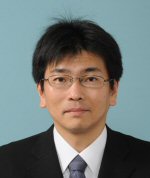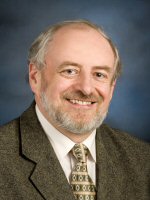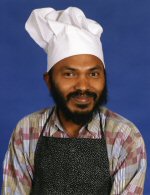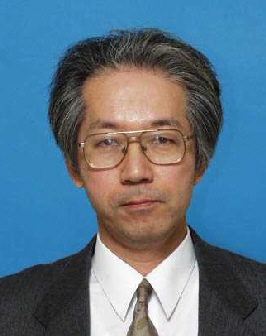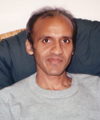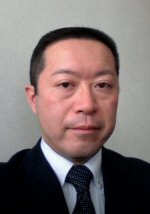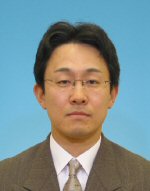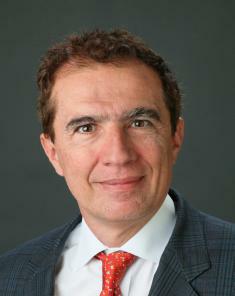
In the second part of my talk I will address scaling of computing systems, and the current trend to manycore systems. Design complexity and usability will depend much on the interconnection schemes among computational elements. The technological feasibility envelope and the related multivariate design optimization problems find solutions in the network-on-chip choice as a general paradigm for circuit core interconnection.
Last I will describe cyberphysical system applications within the frame of the Swiss nano-tera.ch program. I will address the opportunities and limitations of current computing and communication systems toward addressing problems related to health management and environmental protection.

